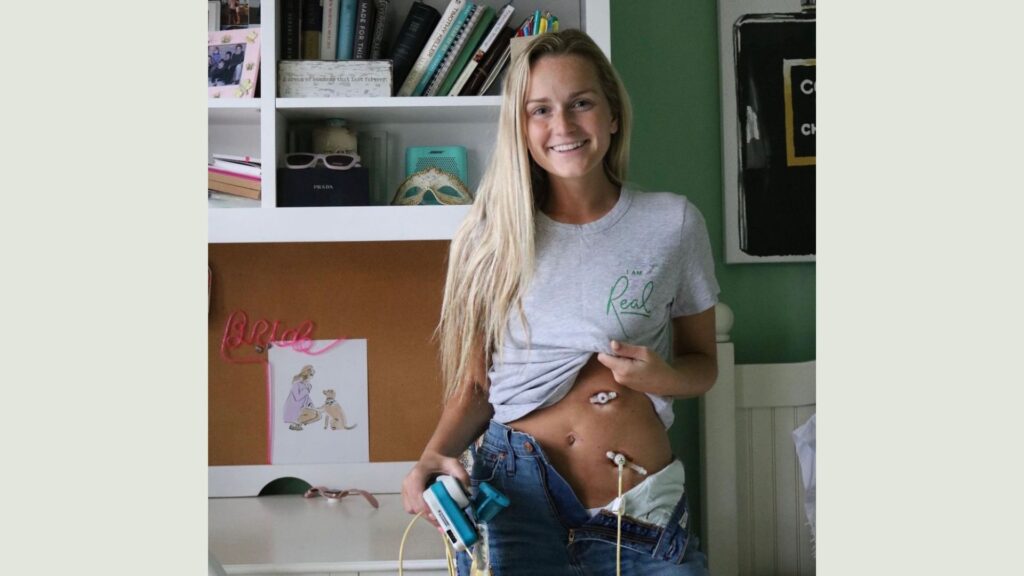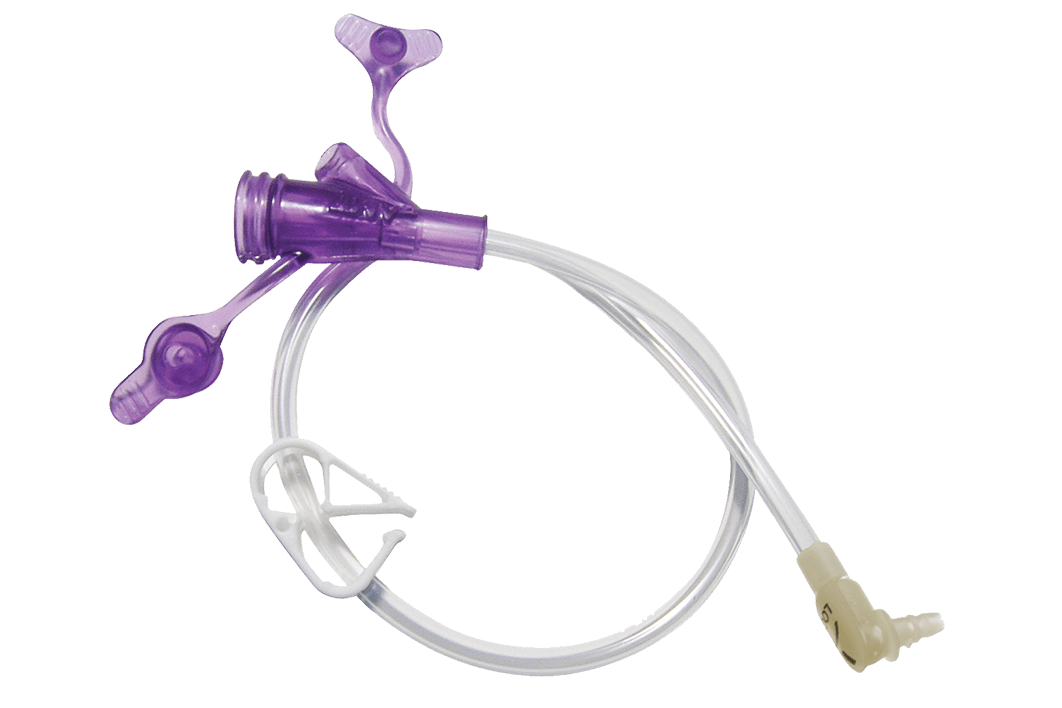A feeding tube isn’t a tool of convenience nor is it a sure sign that someone is terminally ill. A child doesn’t get a feeding tube because he or she is a picky eater, either; there are many underlying factors. These are just a few common misconceptions people have when they see someone with a feeding tube. A feeding tube is a life-saving medical device that tends to make others uneasy. It’s OK to be curious about it, though, because when you ask questions, you help raise awareness. Consider a few feeding tube truths people with feeding tubes would like you to know.
1. Don’t stare at it
The person with the feeding tube is all too aware of it and staring at them will only make them self-conscious. If you have questions or want to talk about the tube, please do. In most cases, you’ll find the wearer or the parent of a child with a tube is receptive. Instead of pointing or gawking, find out more about what it is like to have a tube and how it helps save lives.
2. Planning around a feeding tube is tricky
Those last-minute lunch requests or play dates are difficult when there is a feeding tube in the mix. People with a tube want to have fun like anyone else. Most can do a lot of the same activities their friends like to do, but they have to plan their schedule around feedings and medication. A feeding tube looks like a simple device, but it can come with a lot of gear.
The average vacation, for example, requires the family to pack medical supplies, formula, or blended meals and extra equipment — like a tube replacement kit, a blender, a feeding pump, and lubricant. Even having lunch at a nice restaurant takes a little forethought. Families tend to create schedules around the feeds because they can’t just fit them in at any time of day.
3. Feeding tubes don’t hurt
Some kinds of tubes do require minor surgery (which could hurt), though once the tube is in place, it’s fine. Pain is an indicator of a possible complication like irritation around the stoma or infection.
4. Feeding tubes are not gross
They save lives. Try to remember that the next time you see one. The person with the tube may have an illness that makes eating through the mouth difficult, if not impossible. They didn’t choose to get the tube, it was necessary. What you might see as abnormal, loving parents see as a miracle. That tube is keeping the child they love healthy, so they are happy to have it there — even if it makes you uncomfortable.

5. A child with a feeding tube can play
Having a feeding tube doesn’t mean you are fragile. If anything, it shows personal resilience, so don’t be afraid to include a child in a play date and don’t try to limit his or her activity in any way! These kids love to do the same things that other kids do. They like the swings, they want to climb, and they may even play school sports. The tube gives them the nutrition they need so that they can remain active.
6. To feed or not to feed?
You might be wondering if a person with a feeding tube can eat normally, so just ask! In some cases, the feeding tube is there because eating by mouth is impossible. For others, there may just be limitations to what they can consume orally. Never give a kid with a feeding tube something to eat without talking to the parents or caregiver first. On the other hand, don’t assume that they can’t have a piece of birthday cake like everyone else.
7. A baby with a feeding tube can have breast milk
There is no rule that says you can only administer formula via a feeding tube. It is possible to give infants breast milk through the tube as well. As the child gets older, the family might provide blended meals too.
People are not defined by their feeding tubes or your misconceptions about them. If you have a friend or family member who relies on a tube, ask how you can help.
Author bio: Elizabeth Duhan serves as the Marketing Project Specialist at Applied Medical Technology, Inc., a global leader and manufacturer of enteral feeding devices and feeding tube accessories, upholding the highest standard for performance and quality assurance for over 30 years.

